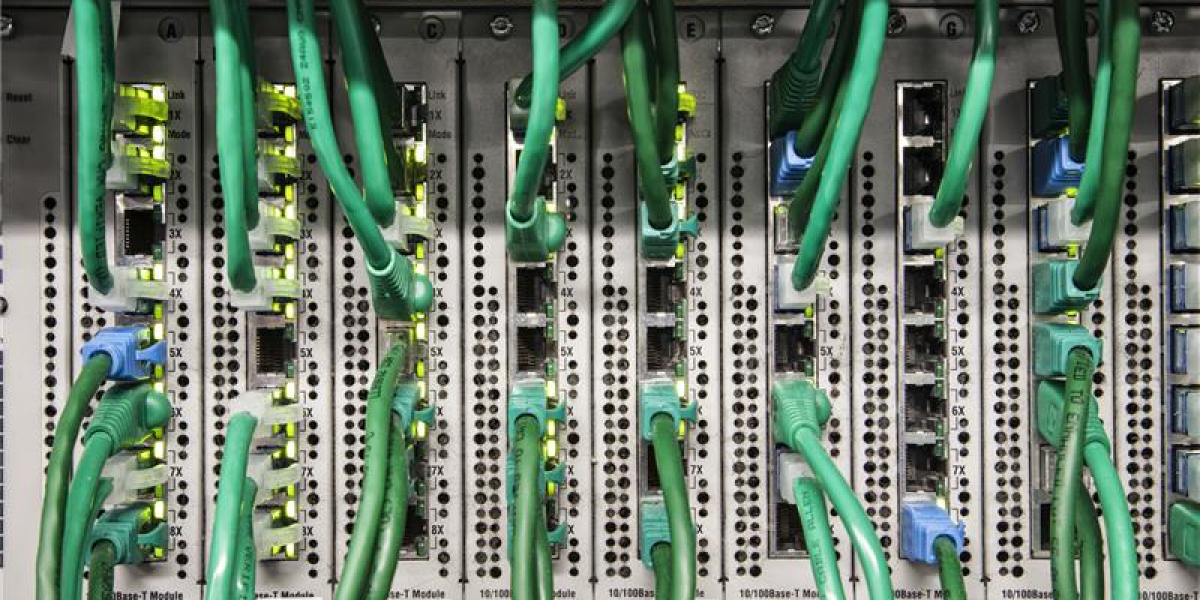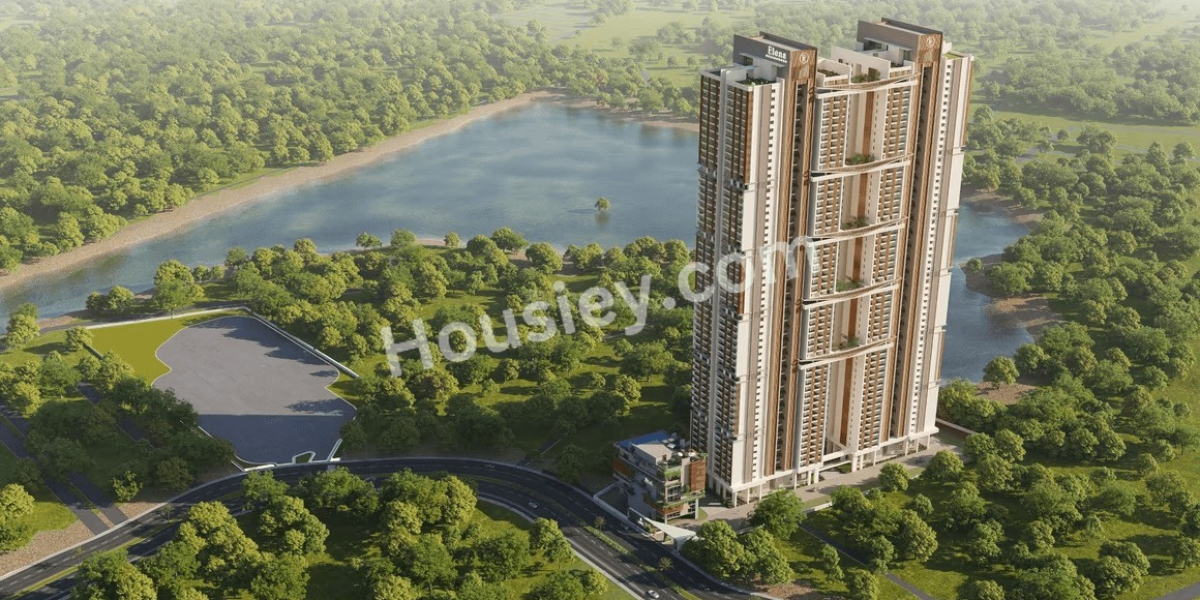In today’s fast-paced digital world, businesses rely heavily on seamless connectivity to run operations smoothly. As organizations adopt cloud solutions, IoT devices, and advanced communication systems, structured cabling has become the backbone of IT infrastructure. In 2025, following the right cabling practices is crucial to ensure performance, scalability, and cost efficiency.
Plan for Scalability
One of the key best practices is designing a cabling system that grows with your business. Companies should anticipate future technology requirements, including higher bandwidth demands and new devices. Using Category 6A or higher cabling ensures support for emerging applications and faster data transfer.
Standardize and Label Everything
Unlabeled cables create confusion, delay troubleshooting, and increase downtime. By following industry standards like ANSI/TIA-568, businesses can achieve uniformity across their networks. Clear labeling and structured documentation simplify maintenance, making upgrades faster and reducing errors.
Focus on Quality and Compliance
Investing in high-quality cables, connectors, and patch panels reduces long-term costs and minimizes network failures. Additionally, compliance with international standards ensures reliability and safety. Cheap alternatives may save money initially but often lead to performance issues and costly repairs later.
Prioritize Cable Management
Good cable management is not just about aesthetics—it directly impacts performance. Keeping cables neatly arranged, avoiding sharp bends, and ensuring proper airflow helps prevent overheating and damage. Using racks, trays, and Velcro ties can make systems more organized and accessible.
Integrate Fiber Optics
As businesses embrace high-speed data transmission, fiber optic cabling has become an integral part of structured cabling systems. Its ability to handle massive bandwidth and long-distance connectivity makes it essential for future-proof networks in 2025.
Regular Testing and Maintenance
Even the most advanced cabling system requires regular checks to maintain efficiency. Conducting certification tests, inspecting for wear, and scheduling routine maintenance helps identify issues early and prevents unexpected downtime.
Conclusion
Structured Cabling Dubai is more than just wires—it is the foundation that supports communication, productivity, and growth. By planning for scalability, ensuring quality, practicing proper cable management, and integrating advanced solutions like fiber optics, businesses can build a future-ready network. In 2025, following these best practices will give organizations a reliable, secure, and high-performance IT infrastructure.

















